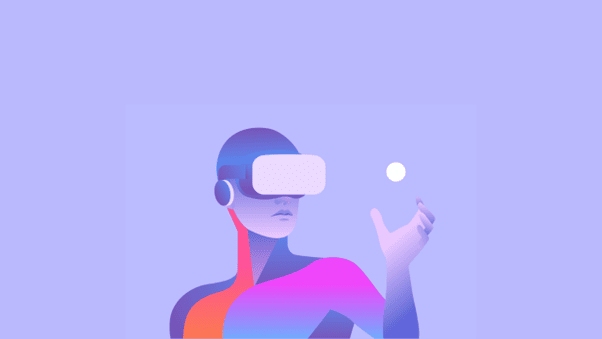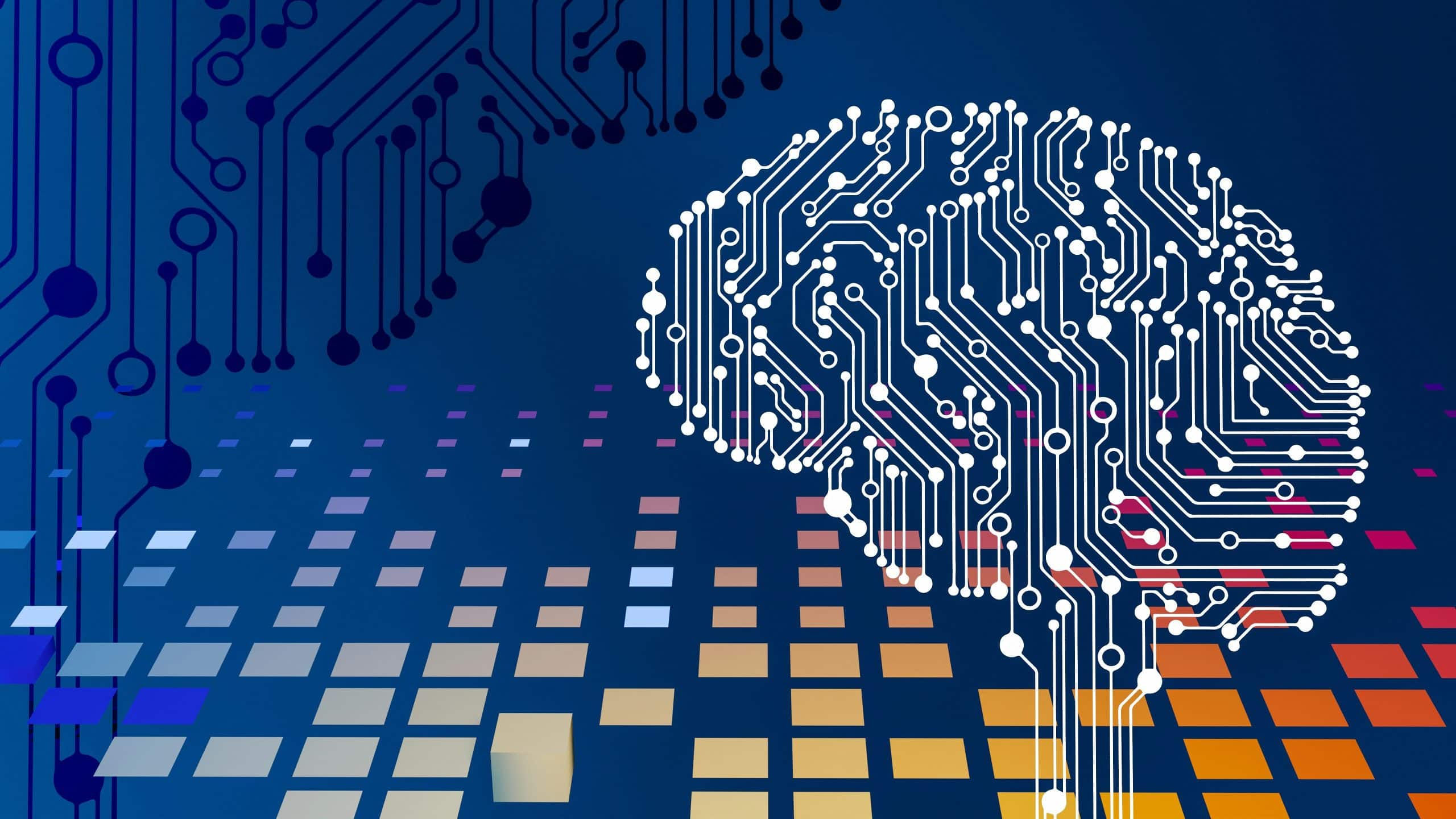Note: This is a guest post written by Jeeva Shanmugam – After the release of Apple Vision Pro, the term spatial computing has become popular among the tech community. It is a cutting-edge technology that is changing the way we interact with digital information as well as our actual environment.
In this article, we’ll dig into the intriguing world of spatial computing, looking at its core ideas, applications, and the disruptive influence it’s having on industries. Understanding spatial computing is essential whether you are a technology enthusiast or simply inquisitive about the future of human-computer interaction.

Spatial Computing: Things You Should Know
Spatial computing, which combines augmented reality, virtual reality, and mixed reality, allows us to seamlessly blend digital and physical content, opening up a world of immersive and interactive experiences. Here are those terms in detail.
What is Spatial Computing?
Spatial computing is a wide phase that incorporates several technologies that enable us to interact with digital information in three dimensions. The following are some of the most prevalent spatial computing technologies:
- Augmented reality (AR): AR is the process of superimposing digital information on top of the actual environment. For example, an AR app may overlay directions on a map or product information on a shelf.
- Virtual reality (VR): VR entirely immerses the user in a virtual environment. A virtual reality headgear, for example, may allow you to explore a virtual city or play a virtual game.
- Mixed Reality (MR): AR and VR are combined in mixed reality . Users using MR may view both the actual world and digital data at the same time. An MR headset, for example, may allow you to see a 3D model of a product while working on it in the real world.
How Does Spatial Computing Work?
Spatial computing employs a variety of sensors, including cameras, lenses, and motion sensors, to precisely monitor the user’s location and orientation inside a particular environment.
These sensors enable the presentation of digital information precisely where it should appear in the user’s field of view by recording and evaluating this data. The technology, in essence, blends real-world spatial awareness with virtual aspects to seamlessly mix digital material into the user’s actual environment. This blending of physical and virtual realities improves the overall user experience by enabling interactive and immersive interactions with digital material.
What are the Potential Applications of Spatial Computing?
Spatial computing has the ability to completely disrupt several industries, including education, manufacturing, retail experiences, and entertainment. Let’s look at how this technology can lead to substantial breakthroughs in each of these areas:
- Education: Spatial computing allows for the construction of immersive learning experiences that immerse students in virtual simulations. Students may examine and engage with subjects such as the human body and historical landmarks by utilizing augmented reality (AR).
For example, augmented reality (AR) can enable students to inspect a 3D model of organs or have a virtual tour of historical places, creating greater knowledge and involvement in the learning process.
- Retail: By enabling interactive shopping experiences, spatial computing has the potential to change the retail business. Customers may virtually try on apparel, test items, and gain immersive product information via augmented reality.
Customers, for example, may use AR to virtually try on different haircuts or imagine how furniture might appear in their house before purchasing it. This technology improves client interaction, decreases the need for physical inventory, and provides a more customized purchasing experience.
- Manufacturing: Spatial computing offers the potential to improve production processes by giving workers real-time information and direction. Employees can use AR to read product assembly instructions or spot possible difficulties with machines that are overlaid onto their field of vision.
This enhances overall efficiency and productivity on the production floor by streamlining procedures, reducing mistakes, and increasing overall efficiency and productivity.
- Entertainment: Spatial computing opens up new avenues for immersive and engaging entertainment experiences. Virtual reality (VR) transports users to totally new worlds, including immersive gaming, cinematic experiences, and virtual concerts.
Advantages and Disadvantages of Spatial Computing
| Advantages | Disadvantages |
| Improved User Experience | Right now, there is very limited hardware and software support. |
| Interfaces that are Immersive and Interactive | High Cost and Availability |
| Data Visualization in Real Time | Concerns about privacy and security |
| Collaboration and communication have improved. | Learning Curve and Required Skill |
| Object Tracking and Spatial Mapping | Information Overload Possibility |
| Productivity and efficiency have increased. | reliance on dependable connectivity |
| Use in a Variety of Industries | Ethical and Social Implications |
| Insights and Analysis of Spatial Data | |
| Integration of Augmented and Virtual Reality |
The Future of Spatial Computing
Spatial computing is still in its early stages, yet it is rapidly growing and evolving. As this technology advances, we may expect a slew of revolutionary and compelling applications to emerge in the near future. The growth of spatial computing is set to unleash new levels of creativity, opening the door for transformational experiences and breakthroughs in a variety of sectors.
Wrapping it All
Spatial computing is a game-changing technology that has the ability to transform our digital experiences and redefine how we interact with the environment around us. Spatial computing allows humans to perceive, handle, and explore digital material in a more natural and engaging manner by seamlessly combining virtual and physical worlds.
It ranges from virtual reality games to augmented reality applications in a variety of sectors. As this technology evolves, individuals and organizations must stay aware and embrace its potential, as it promises to open new levels of creativity, productivity, and connectedness in our increasingly digital environment.






